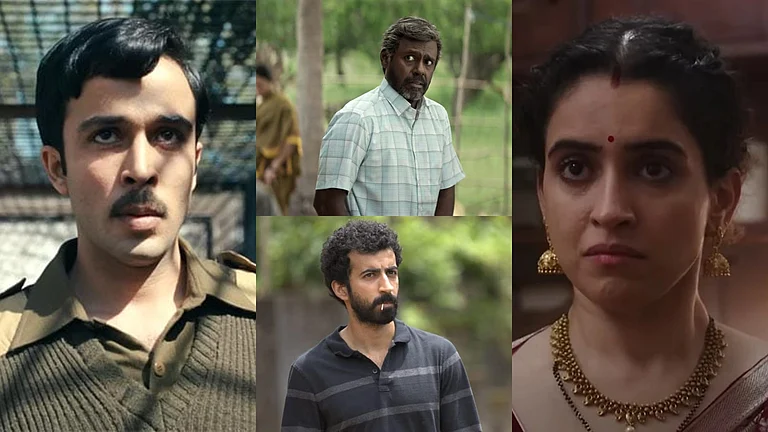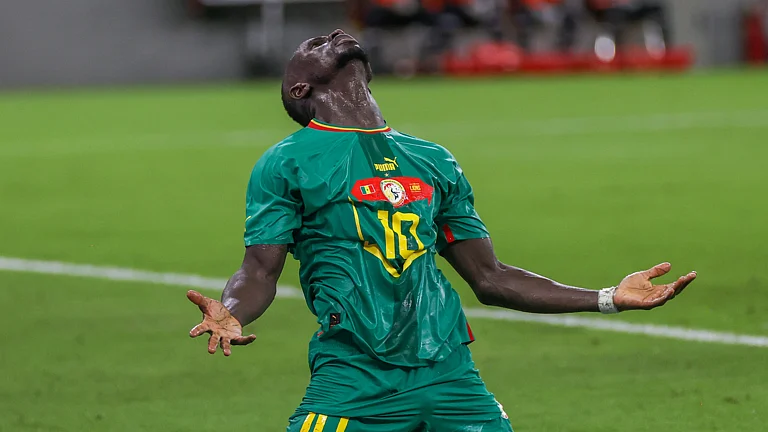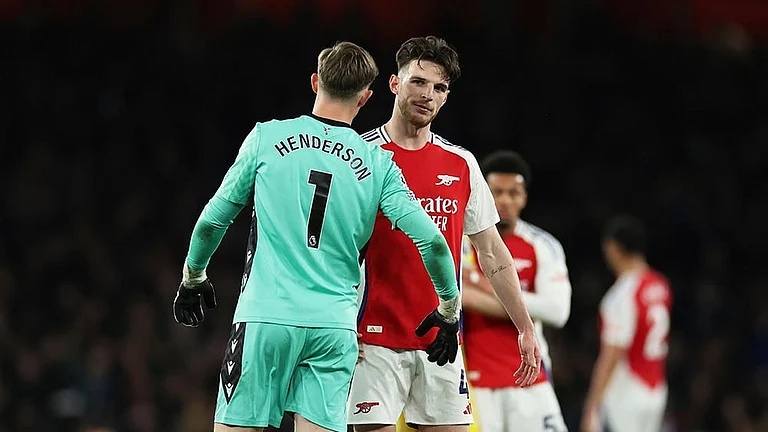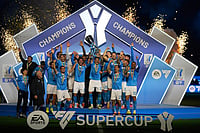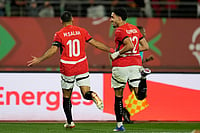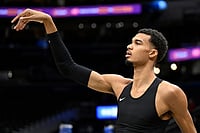Irrespective of where they travel to, American presidents manage to generate a hype rarely matched by other world leaders. Often, they deliver much below expectations, yet the buzz lasts for days after Air Force One’s departure. Barack Obama’s visit to India—where a growing section of the population see their future tied to that of the US—only reaffirms that reality. Days before his arrival, the capital’s airport is shut, its skies and grounds are sanitised, its borders with adjoining states sealed by hundreds of security personnel, as part of well-rehearsed details to turn New Delhi into an impregnable fortress. There are clear indications that when Barack and Michelle Obama arrive in Delhi on January 25 for their three-day visit—which includes an obligatory visit to the Taj Mahal in Agra and engaging with Indians at a civic function at Siri Fort—moving in and out of Delhi would get difficult. Interestingly, tickets and passes for the January 26 Republic Day parade, usually well-attended, were sold out weeks back. One can safely surmise that’s because of the Obamas’ presence.
So what makes American leaders so endearing to Indians? Given that the country still has sections volubly, even clamorously, critical of US foreign policy, it is pertinent to ask what makes many in Delhi to put up with the hardship of a partial lockdown to receive a leader whose clout is being challenged by political opponents back home? More importantly, perhaps, what makes India so keen to engage with the US, widely seen as past its prime as a superpower?
“Both in terms of symbols and deliverables Obama’s visit to India is a very important one,” says Lalit Mansingh, India’s former ambassador to the US. He points out that India has strategic partnerships with 24 countries, but Obama’s visit will establish that the US is right in the middle of India’s strategic planning. As the world’s top economy and holder of more than 40 per cent of its high technology, the US, Mansingh argues, holds primacy in India’s scheme of things. But many would still question the degree to which India would benefit—strategically or technically—from a close tie with the US.
Since Dwight D. Eisenhower’s visit to India in December 1959, a number of American presidents have come visiting. But most of those visits were hosted under the shadow of the Cold War. Things changed after its end, and Bill Clinton’s five-day visit in 1999 was interpreted by many as an attempt to reset Washington’s ties with New Delhi after the punitive sanctions following the May 1998 nuclear test. Breaking away from the earlier one-visit-a-decade routine, Clinton’s trip enabled the countries to embark on a partnership that has only grown closer over the years. In the past 15 years, Obama’s trip will be the fourth US presidential visit to India; he is the only occupant of the White House to travel to India twice during his presidency, and also the first one to be the chief guest at the Republic Day celebrations.
Narendra Modi’s supporters see it as ‘diplomatic coup’ on his part to have thought of inviting an US president for the Republic Day celebrations. But despite Modi’s out-of-the-box thinking, Obama’s visit will have to be seen in the context of the past one-and-a-half decades in which successive Indian PMs have realised the benefits of forging close ties with the US.
There are four major areas in which Obama and Modi would like to build future India-US relations: climate change and clean energy, cooperation in defence initiatives and technology, trade and investment, and close ties on global affairs. Though it is not clear whether a deal on climate change, like the one US and China managed last year, was possible with India, sources say attempts will be made by Obama to put in place a framework that will make allowance for India’s development while reducing its carbon footprint. Similarly, the defence partnership framework between the two sides might be renewed for a further 10 years. Among other things, it will allow joint development of defence hardware as well as increased training and joint exercises between the two armed forces. Since Obama is travelling with a large business delegation that comprises captains of top American corporations (two ceos’ meetings are scheduled), much emphasis is being laid on strengthening business ties to facilitate US investments in India.
However, the nuclear liability issue continues to be a tricky one (see box). But Modi has indicated that he is trying his best to break the logjam. Furthermore, there can also be cooperation on clean energy, comprising solar and other alternative energy systems for boosting India’s massive rural electrification programme. On global affairs, the two sides have a common position on many issues. For example, both are for freedom of navigation and acutely mindful of the threat posed by international terrorism and piracy that is active in India’s neighbourhood and beyond.
South Block officials say that there will be enough on the table during Obama’s visit worthy of the deepening ties between India and the US. But from India’s point of view, the benefits of the presidential visit is more on the realm of the intangible. While the agreements and MoUs will signal the depth and breadth of bilateral relations, Obama’s presence at the Republic Day celebrations, with his wife by his side, clearly shows his growing confidence and comfort with India.
“A lot of the gains of the visit will be below the radar and its importance will be intangible,” says former diplomat and joint secretary, Americas, in the mea, Jayant Prasad. He points out that relations between the two sides are better than ever before and they will get even better in coming days.
This in itself is not only important for future American leaders to maintain the same pace of growth in India-US ties, it also sends out a clear signal to key global players of the benefits of a partnership with India. Modi, like many of his predecessors, has managed to keep India’s options open by developing strong ties with other important countries. He would continue on this path of an independent foreign policy as long as he keeps India out of any formal alliance with the US, irrespective of the pressure to do so from sections in his government. But as long as the growing tempo in India-US ties is maintained, Modi will ensure the steady interest of other big powers in India. Therefore, it is crucial for the US to continue to play that central role in India’s strategic approach.
However, an important question hovers on the horizon. Obama, leader of the world’s oldest democracy, is here to strengthen ties with India while also celebrating India’s republic and constitution. India’s vibrant democracy is enriched and nourished by its pluralism. Modi’s government has prompted serious concerns about the possible curtailment of many of the freedoms guaranteed to every Indian. The two leaders are scheduled to participate in Modi’s Man Ki Baat programme on All India Radio in an attempt to reach out to a large number of Indians. As head of a state that watches rights infringements across the world like a hawk, will Barack Obama raise some of these uncomfortable questions with the PM? That would ensure the two countries would continue to engage and celebrate their diversity and pluralism without a cloud on the horizon.







